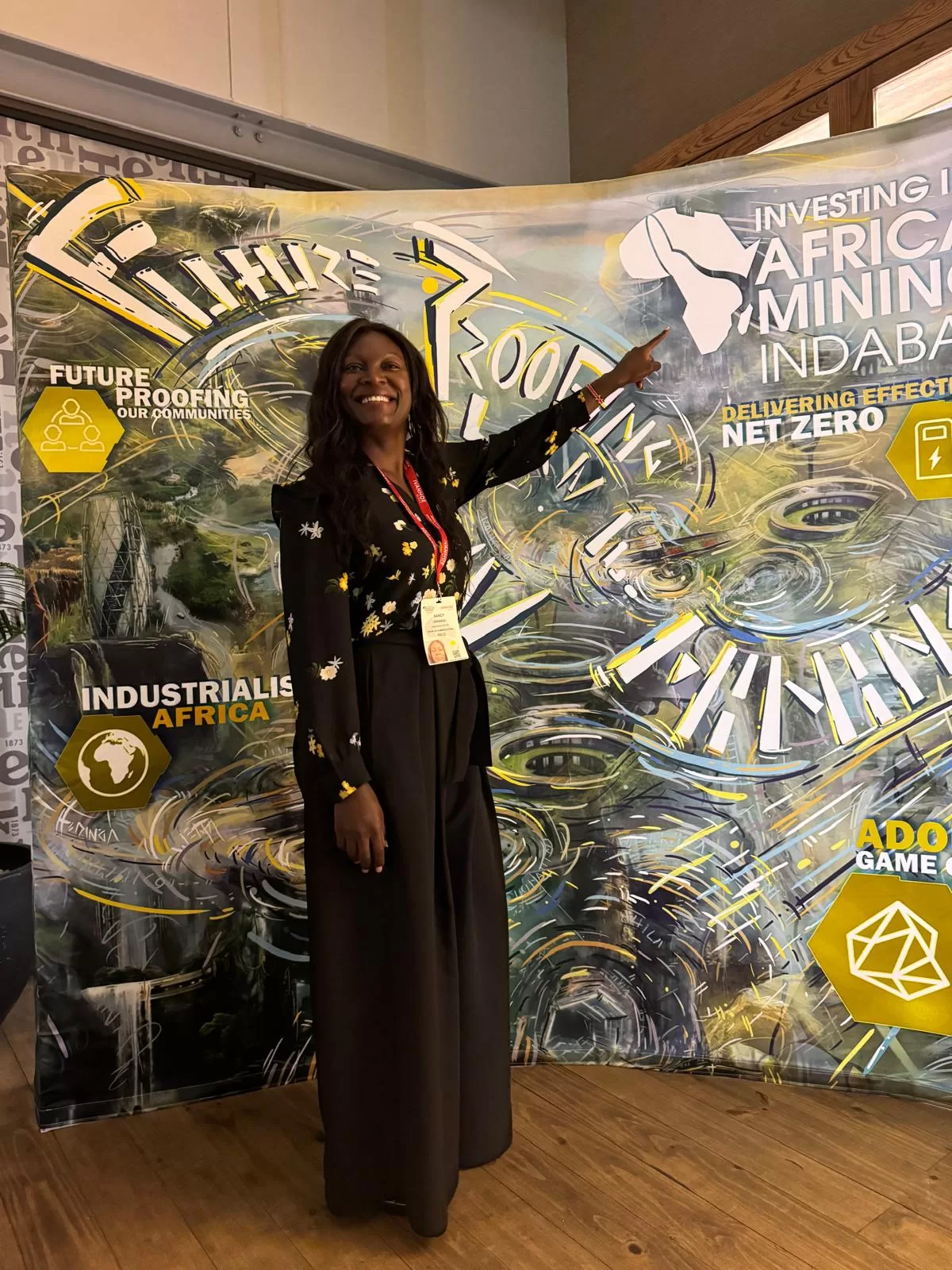Writing about the minerals beneath Africa’s soil often feels like unpacking a suitcase of clichés. We’ve all read the tired tropes: a “land of contrasts,” a “resource curse,” a “continent of paradoxes.” While sometimes rooted in truth, these phrases risk reducing complex realities to oversimplified narratives. However, the persistence of these clichés speaks to a deeper, more troubling reality: the facts on the ground have remained stubbornly unchanged for far too long.
The DRC, for instance, holds an estimated $24 trillion in mineral reserves, including 70% of the world’s cobalt. Still, according to World Bank data, its GDP per capita stands at just $577, compared to China’s $12,556 or Australia’s $65,099. Africa, as a whole, accounts for 30% of global mineral resources but contributes less than 3% of global GDP.
These disparities are not just statistical anomalies but symptoms of systemic failures that demand more than tired storytelling. That’s why, as I stood among the bustling crowds at the Mining Indaba 2025 in Cape Town early this February, I couldn’t help but feel a bubbling sense of optimism. The Indaba reminded me that the future of Africa’s mining industry, and by extension, its economic destiny, lies not just in the minerals beneath its soil, but in the hands of its people, particularly its youth.


0 Comments